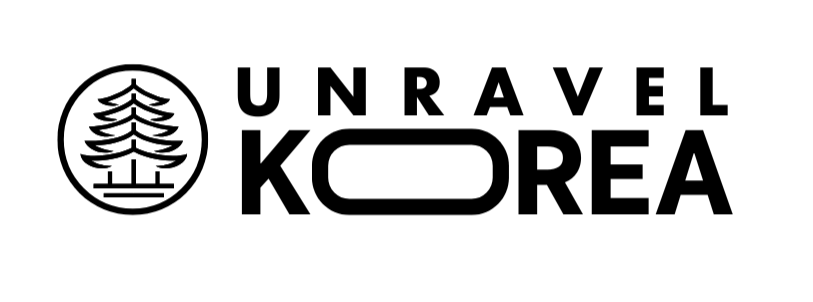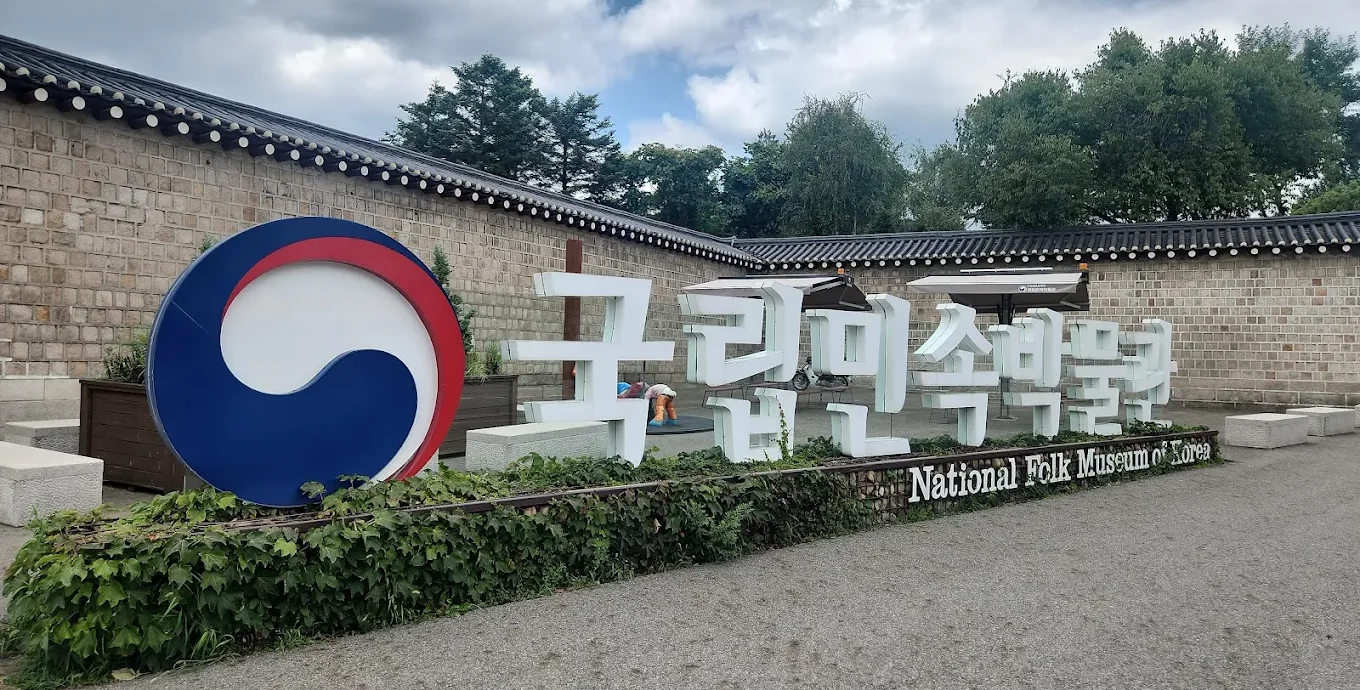The National Folk Museum of Korea is a national museum that has been preserving and showcasing Korean traditional culture since its founding on November 8, 1945. Under the leadership of Director Shin Gwang-seop, the museum uses meticulously crafted replicas of historical objects to illustrate the rich history of traditional Korean life.
Key Information:
- Address: 37 Samcheong-ro, Jongno District, Seoul, South Korea
- Location: Within Gyeongbokgung Palace grounds
- Founded: November 8, 1945
- Current Director: Shin Gwang-seop
- Type: National museum focusing on Korean folk culture and traditional life
The National Folk Museum of Korea is Seoul’s window into traditional Korean life, offering visitors an authentic journey through centuries of Korean culture, customs, and daily life. Located within the beautiful grounds of Gyeongbokgung Palace, this remarkable museum brings Korean history to life through carefully crafted exhibits and immersive displays.
In Korean, the museum is called: 국립민속박물관 (Gungnip Minsok Bangmulgwan)
National Folk Museum of Korea Opening Hours
Regular Hours:
- March-October: 9:00 AM – 6:00 PM (last entry 5:30 PM)
- November-February: 9:00 AM – 5:00 PM (last entry 4:30 PM)
- Weekends & Holidays: Extended hours until 7:00 PM (March-October)
Closed:
- Every Tuesday
- January 1st (New Year’s Day)
- Korean New Year and Chuseok holidays
Special Extended Hours:
- During peak tourist seasons (spring cherry blossom and autumn foliage), the museum may extend hours
- Summer evening programs sometimes available
Visit early in the morning or late afternoon to avoid crowds, especially during Korean school field trip season (April-June, September-November).
National Folk Museum of Korea Entrance Fee
Incredible News for All Travelers: The National Folk Museum of Korea entrance fee is completely FREE OF CHARGE!
Museum Admission:
- All visitors: FREE
- All exhibitions: FREE
- No hidden fees: Everything inside the museum is free to view
Important Note about Location:
- The museum is located within Gyeongbokgung Palace grounds
- Museum access is completely separate and FREE
- You can visit the museum without any palace fees
Why This Is Amazing:
- One of Seoul’s best cultural experiences completely free
- Perfect for budget travelers and families
- No financial barrier to experiencing Korean traditional culture
National Folk Museum of Korea Map & Location
Subway (Most Convenient):
- Line 3: Gyeongbokgung Station (Exit 5) – 5 minutes walk
- Line 3: Anguk Station (Exit 1) – 10 minutes walk
- Line 1: Jongno 3-ga Station (Exit 1) – 15 minutes walk
Bus Routes:
- Blue buses: 109, 171, 172, 272, 601
- Green buses: 7025, 1020, 7016
- Stop: Gyeongbokgung Palace front gate
Walking Distance from Popular Areas:
- Insadong: 10 minutes walk
- Bukchon Hanok Village: 15 minutes walk
- Myeongdong: 20 minutes walk
- Hongdae: 45 minutes by subway
Here you can visit more attractions such as the National Palace Museum, Seoul Trick Eye Museum. Here you can visit and see the 10 famous temples of Seoul that are very close to you.
Museum Layout & Navigation
Main Exhibition Halls:
- Hall 1 – History of the Korean People: Ground floor, chronological journey
- Hall 2 – The Korean Way of Life: First floor, daily life exhibits
- Hall 3 – Life Cycle of Koreans: Second floor, birth to death traditions
Special Areas:
- Children’s Museum: Interactive exhibits for young visitors
- Outdoor Folk Village: Traditional Korean houses and structures
- Gift Shop: Korean cultural items and souvenirs
- Café: Traditional Korean tea and snacks
What Makes This Museum Special
National Folk Museum of Korea Reply 1988 connection: Many visitors come here after watching the beloved Korean drama “Reply 1988” to better understand 1980s Korean life. The museum’s exhibits perfectly complement the show’s themes, showing how traditional Korean family life evolved through the decades.
Reply 1988 Relevant Exhibits:
- 1980s family life displays
- Traditional Korean games and toys
- Evolution of Korean housing
- Family ceremony traditions
- Korean food culture through the decades
Immersive Experiences:
- Life-size dioramas showing traditional Korean daily life
- Seasonal displays that change throughout the year
- Interactive exhibits where you can try traditional activities
- Replica traditional houses you can walk through
Cultural Learning:
- Traditional clothing (hanbok) displays with historical context
- Korean food culture exhibits showing the evolution of Korean cuisine
- Family traditions and ceremonies from birth to marriage to death
- Seasonal festivals and their meanings

